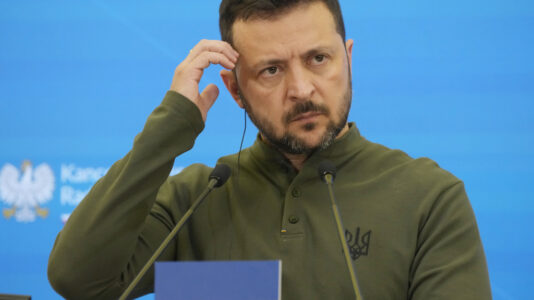Recent national assessments reveal that French CM2 (5th grade) students, evaluated for the first time this year, face significant challenges in mastering fundamental skills in mathematics and French.
According to the Ministry of Education’s findings published on Thursday, less than half (46.7 percent) of these students show proficiency in “conjugated verb agreement,” and more than 50 percent struggle to “recognize the main components of a sentence.”
CM2 students are in their final year of French primary school and are typically 10-11 years old.
The findings signal troubling gaps in knowledge that continue to impact student performance as they transition into middle school.
The results mirror concerns raised last year by former prime minister and then-education minister, Gabriel Attal, who emphasized the “worrying” reading and math skills of 4th-grade students. He pointed out that more than half were unable to read proficiently, and the majority faced difficulties in problem-solving and geometry challenges.
Speaking to France Info, Education Minister Anne Genetet expressed concern over recent assessment results revealing that 30 percent of fifth-grade students could still not read a basic text fluently. “We see that nearly one-third of our CM2 students struggle to read at an adequate level before entering middle school,” she added.
The ministry’s report also highlighted that only around 53 percent of students could read a text aloud adequately, and fewer than half demonstrate strong skills in essential grammar rules, such as subject-verb agreement.
In mathematics, half of the students examined struggled to perform addition, multiplication, and subtraction accurately. “Problem-solving, a crucial part of their middle school curriculum, is a weak spot for half of our CM2 students,” the report stated.
These challenges are compounded by the rising number of migrant students in Western European schools, including France, where educators are tasked with teaching increasingly diverse classrooms. Many students do not speak French or the primary language of their host country at home, making it difficult for them to acquire the foundational language skills essential for success in other subjects.
New statistics from Austria this week revealed that more than three-quarters of students in Vienna’s middle schools do not speak German at home, with just 8,479 of the city’s 26,816 middle school students using German as their primary language. In specific districts, the number of non-German speakers soared above 90 percent.
Similarly in Germany, the president of the German Teachers’ Association sounded the alarm in June that the country’s education system was facing a serious crisis as increasingly more and more students are speaking little or no German at all.
Stefan Düll told the news agency DTS that the school system was overloaded due to excessive immigration and said the rise of foreign-speaking students had placed an enormous burden on teachers in recent times.
“After all, they don’t speak Farsi or Ukrainian. How are they supposed to teach them?” Düll asked.
“The higher the percentage of immigrants, the more difficult it is to motivate the class,” he added.
The French education minister announced plans to implement newly revised math and French programs, aimed at CP to CE2 (1st to 3rd grade) students, starting in the upcoming school year.
Additional teacher training in French and mathematics began in early 2022 and is expected to continue through 2026. The initiative initially focused on CP and CE1 and will now expand to include CM1 and CM2 (fourth and fifth grades), targeting improvements in oral comprehension, vocabulary, and problem-solving—skills crucial to success in middle school.
“We’ve seen progress in early primary grades due to smaller class sizes and enhanced instruction,” said a ministry spokesperson, “but to see improvement by CM2, it’s essential to address these gaps earlier in students’ education.”






